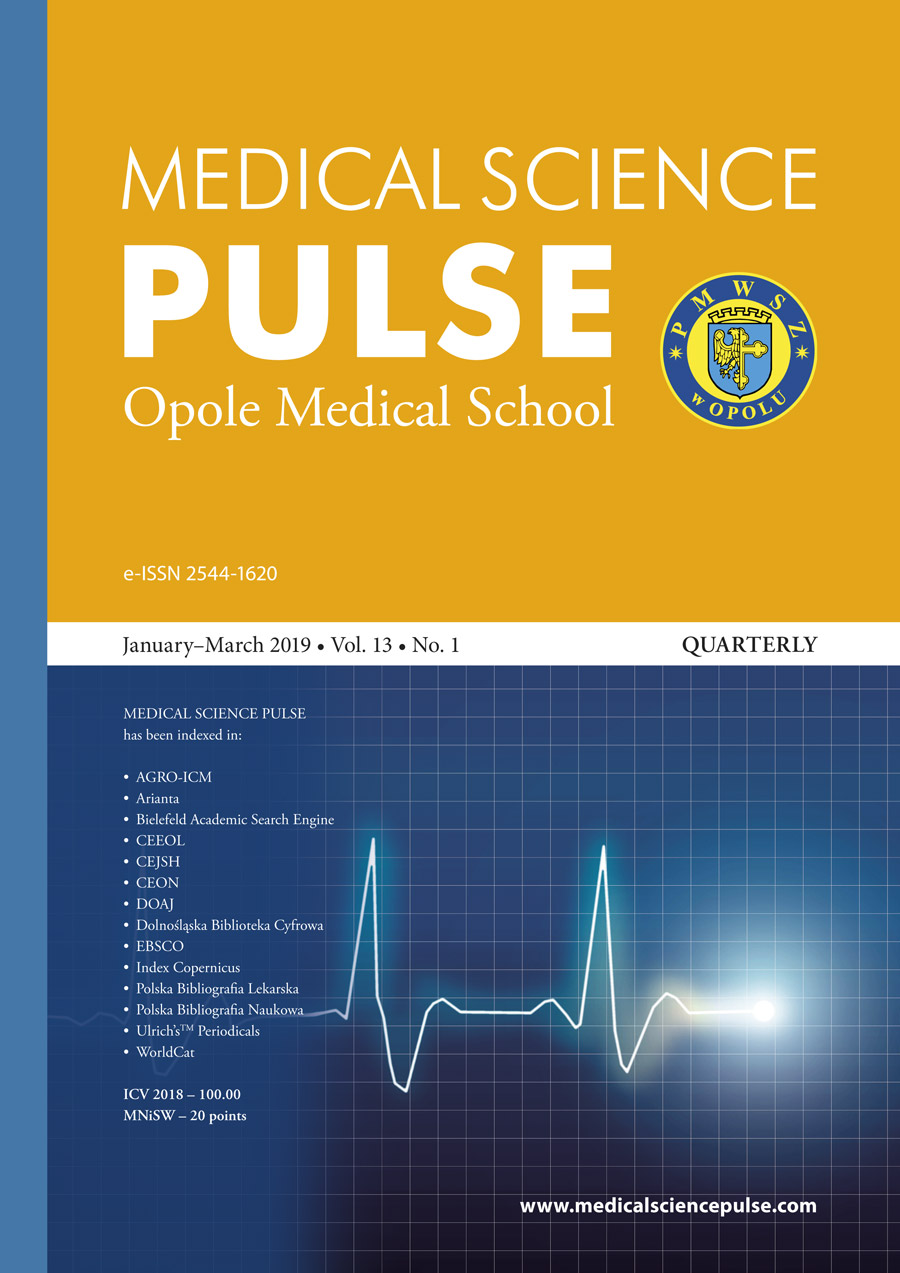Selected models and the classification of health care systems.
Selected models and the classification of health care systems.
Author(s): Piotr RajfurSubject(s): Health and medicine and law
Published by: Państwowa Medyczna Wyższa Szkoła Zawodowa w Opolu
Keywords: classification; model; health care system
Summary/Abstract: Health care is a fundamental element of each country’s social policy. It is mainly organised and implemented through the adoption of a certain political framework (defined objectives and priorities), strategic and operational management (planning, organising, motivating and controlling), and generation of resources (e.g. defined activities of collection and distribution of financial resources, training of medical professionals, and the purchase of technology and pharmaceuticals). These principles are either formulated on the basis of already functioning health care models or bespoke models are being created. An important element of a given model is to define its mission (the reasons for its creation and operation), while such elements as the functions, objectives, resources and methods of operation attribute to its individual properties and values. Health care systems may be organised differently. Their main distinguishing features are the ownership (public, private or mixed), sources of financing (public, private or mixed) and management (centralised, dispersed), or they can be structured with regard to political aspects (single-centric, multi-centric and pluralistic). This article, based on the latest scientific developments, presents the historical outline of the selected models for health care systems and the new concepts regarding their classification. The article also offers theoretical analyses of those health systems, which have become the models for others. The aim of this article is to present the classification and the characteristics of the selected models for health care systems, both from the historical perspective and the perspective of those currently in operation. The documents analysis method was used, which included the leading positions in the Polish and foreign literature, in the field of the issues addressed, as well as the literature published by the related institutions. This topic is already being discussed within the literature of the subject, nevertheless it is still relevant and, due to its undeniable importance, deserves further examination because it directly or indirectly concerns every human being.
Journal: Medical Science Pulse
- Issue Year: 13/2019
- Issue No: 1
- Page Range: 48-54
- Page Count: 7
- Language: English

